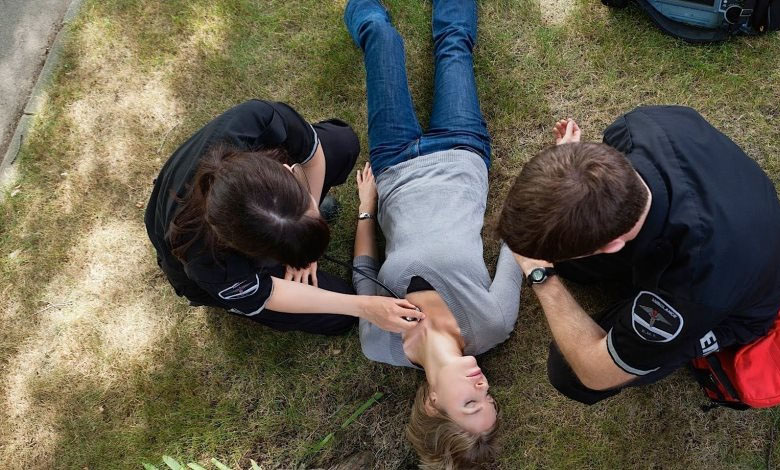What happens in the brain during an epileptic seizure?

Epileptic seizures can be generalized or partial
Time stops. The words get stuck in the throat. The hands are shaking. The gaze panics. Attempt to move, loss of control, slipping. Very often, it is the fall. On the ground, the limbs tense up, jerk, the thoughts remain blocked in the brain. The body is besieged, it capitulates. Hearing everything that is happening, without being able to interact: this is the feeling when you experience a so-called “generalized” epileptic seizure.
This type of epileptic seizure is the best known and most impressive form. It is a motor crisis affecting the whole of the skeletal musculature (sudden stiffening then jerking), associated with loss of consciousness (absence from a few seconds to a few minutes) and vegetative manifestations (respiratory, urinary, etc. .).
But sometimes, epileptic seizures are only “partial”: they can cause “only” a stiffening of the fingers, tingling in a limb, or even auditory or visual hallucinations… It all depends on the brain area affected.
The equivalent of a short circuit between neurons
Affecting 400,000 French people and 50 million people in the world (most often children, adolescents and the elderly), epileptic seizures are indeed a neurological condition that manifests itself by “excessive discharges”, i.e. that is, hyperactivity of a more or less extensive group of neurons, located in one or both hemispheres of the brain (in the case of generalized seizures, several areas distributed in the two cerebral hemispheres are affected). “The most telling image would be that of a short circuit disturbing cognitive functioning and/or normal behavior.[…]












